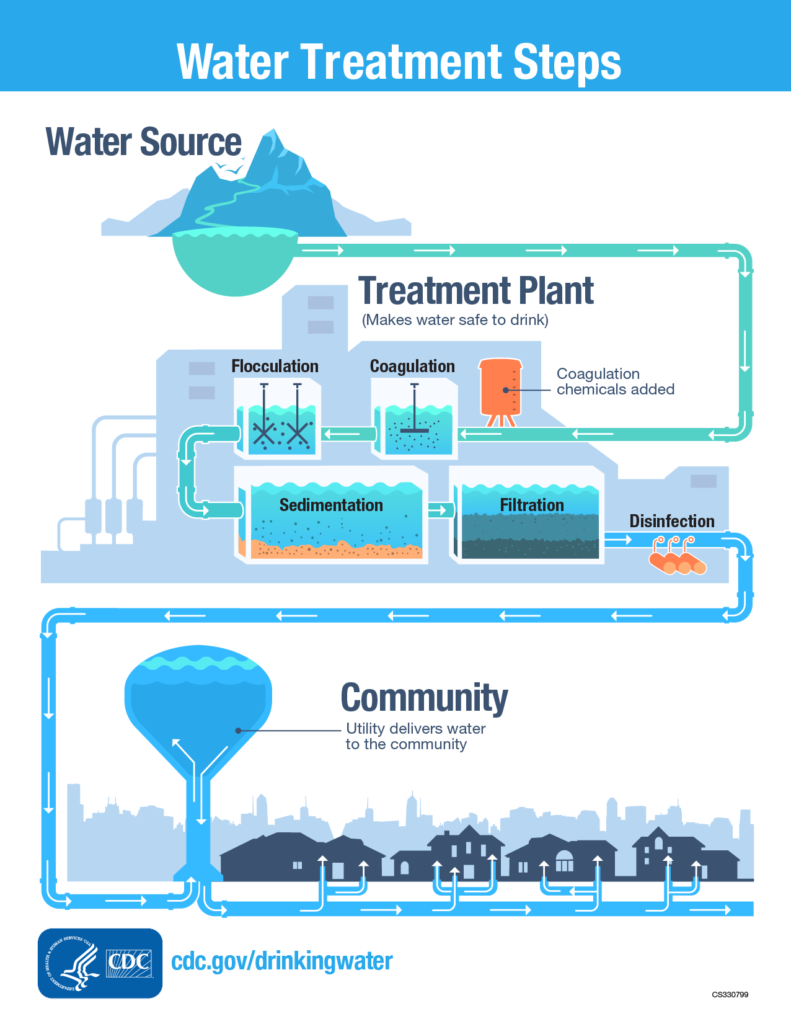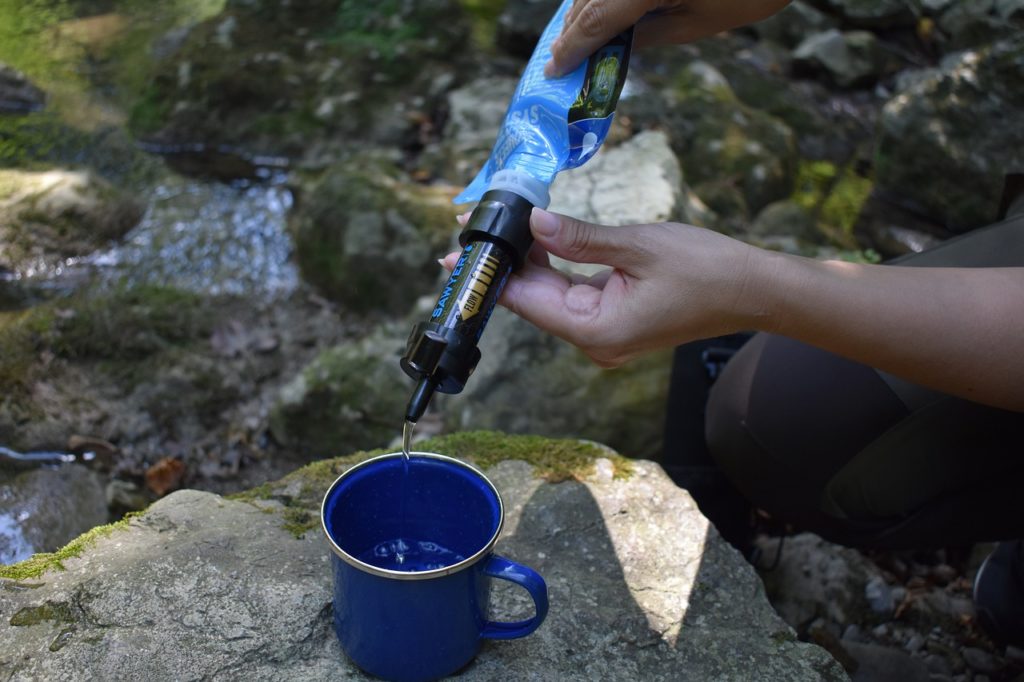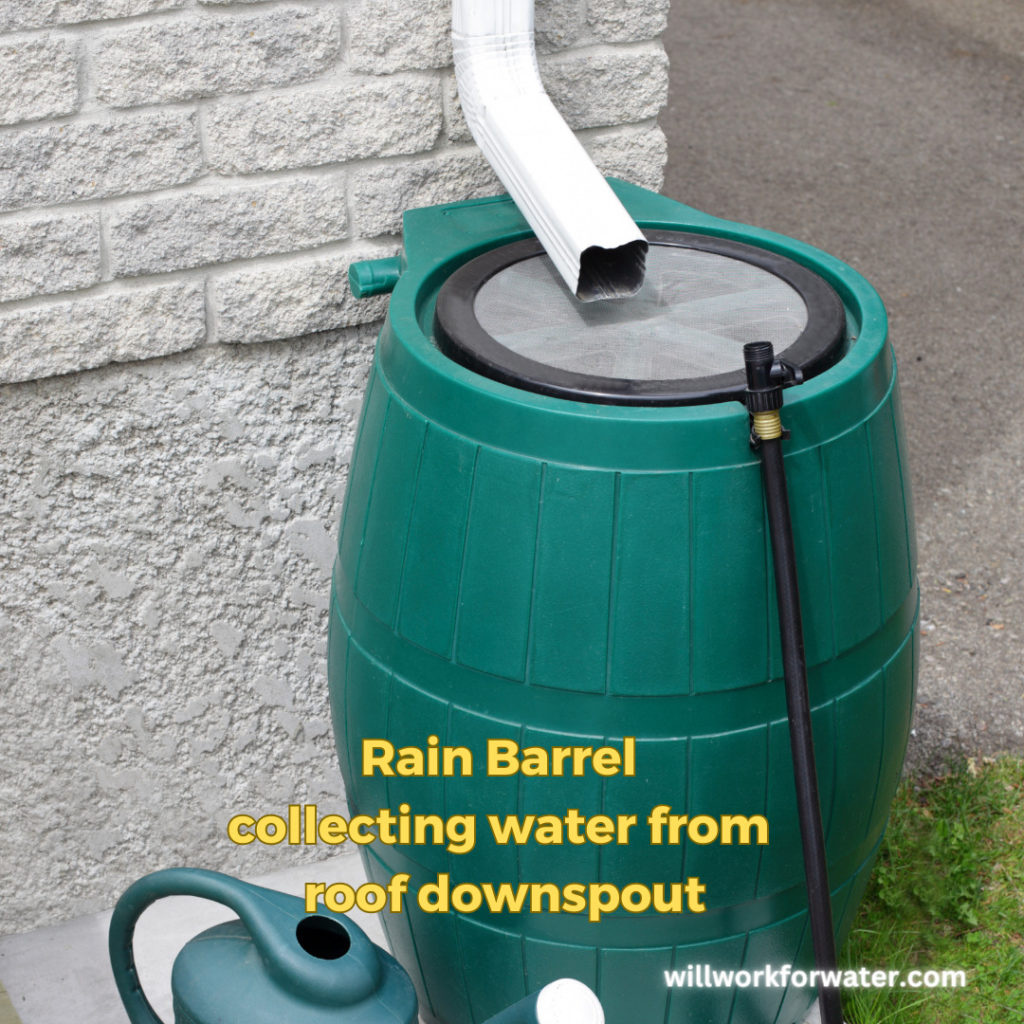In the article “Understanding the Variations in Treated Water,” you will gain insights into the distinctions among treated water, Gray water, and recycled water. By delving into the intricacies of their composition and treatment processes, this article aims to equip you with a comprehensive understanding of these variations in order to make informed decisions pertaining to their usage and impact on the environment.
Understanding Water Treatment Methods
Introduction to Water Treatment
Water treatment refers to water that has undergone a series of processes to remove impurities, contaminants, and pollutants, making it safe for various applications. These treatment processes are designed to improve water quality and ensure that it meets specific standards and regulations. The goal of treating water is to make it suitable for human consumption, industrial use, irrigation, and other purposes. Treated water plays a critical role in promoting public health and environmental sustainability.

Variations in Water Treatment Methods
There are various treatment methods and processes involved in transforming raw water into treated water. These processes can be broadly classified into three main categories: chemical treatment, physical treatment, and biological treatment.
Chemical Treatment
Chemical treatment involves the use of various chemicals to disinfect, coagulate, and adjust the pH of the water. Chlorination, ozonation, and the use of flocculants and coagulants are some common chemical treatment methods. Chlorination is a widely used method for disinfecting water, where chlorine is added to kill harmful bacteria, viruses, and other microorganisms. Ozonation involves the introduction of ozone gas into the water to eliminate organic compounds and improve taste and odor. Flocculants and coagulants are used to make suspended particles come together, forming larger flocs that can be easily removed during subsequent treatment processes.
Physical Treatment
Physical treatment methods focus on removing solids, sediment, and other physical impurities from the water. Screening is the initial step, where large debris and objects are removed to prevent clogging in subsequent treatment processes. Aeration involves the introduction of air or oxygen into the water to enhance the removal of volatile organic compounds and improve the taste and odor. Adsorption uses activated carbon or other adsorbents to remove organic compounds, pesticides, and certain metal ions. Membrane processes, such as reverse osmosis and nanofiltration, utilize semi-permeable membranes to separate contaminants from the water.
Biological Treatment
Biological treatment utilizes microorganisms to eliminate organic compounds and contaminants in the water. The activated sludge process involves the use of aerobic bacteria to decompose organic matter. Trickling filters use a bed of rocks or plastic media to support the growth of microorganisms, which break down organic pollutants as water passes through the filter. Biofiltration utilizes a similar principle but uses sand or other porous media for microbial growth. Constructed wetlands mimic natural wetlands and use plants, bacteria, and other microorganisms to treat wastewater and remove pollutants.
Effects on Water Quality
The treatment processes employed significantly impact the quality of the treated water. These processes effectively remove various impurities and contaminants, resulting in clearer, cleaner, and safer water. Suspended solids are generally removed through processes like sedimentation and filtration. Bacterial and microbial reduction is achieved through disinfection methods like chlorination and ozonation. The reduction of organic compounds is achieved through biological treatment processes. Treatment processes involving adsorption and coagulation also contribute to the removal of heavy metals and other pollutants.
Variations in Water Treatment Methods Affects Treated Water Composition
Several factors influence the composition of treated water, including the quality of the source water, the treatment processes applied, seasonal variations, and the condition of the infrastructure and equipment.
The quality of the source water has a significant impact on the characteristics of the treated water. Different water sources, such as rivers, lakes, groundwater, or recycled water, have varying levels of impurities and contaminants. Treatment processes must be tailored to address the specific characteristics and challenges associated with each water source.
Water treatment methods and processes employed also influence the composition of the treated water. Each process has its own strengths and limitations, and the combination of processes can be customized to target specific contaminants of concern. The selection and optimization of treatment processes depend on factors such as the desired water quality, cost considerations, and regulatory requirements.
Seasonal variations can also affect the composition of treated water. Changes in weather patterns, temperature, and precipitation can influence the quality and quantity of the source water. As a result, treatment processes may need to be adjusted to accommodate these seasonal variations and maintain consistent water quality.
The condition of the infrastructure and equipment used in the water treatment methods is another important factor. Proper maintenance and regular inspections are necessary to ensure that the equipment operates efficiently and effectively. Malfunctioning equipment or deteriorating infrastructure can compromise the quality of the treated water.
Gray Water
Gray water refers to wastewater generated from domestic activities such as washing dishes, laundry, and bathing. It is not sewage (black water) and does not contain fecal matter. Gray water typically contains soaps, detergents, and some organic materials. It undergoes minimal treatment, typically filtration, and sometimes disinfection if reused.
Treated water is regulated and monitored to ensure compliance with water quality standards set by relevant authorities.
Treated water is commonly used for drinking, cooking, and sanitation purposes, as well as in industrial processes, agricultural irrigation, and recreational activities. Gray Water It is often reused for non-potable purposes like irrigation, flushing toilets, or industrial processes. Regulations for gray water use vary by location and may require specific treatment or disposal methods.
Recycled Water
Recycled water, also known as reclaimed water or wastewater reuse, refers to treated and purified wastewater that has undergone various treatment methods and processes to remove contaminants and make it suitable for specific non-potable (non-drinking) uses. This water is typically sourced from sewage treatment plants or other wastewater treatment facilities. Once treated, recycled water can be used for a variety of purposes, including:
- Irrigation: Recycled water is commonly used for watering parks, golf courses, and agricultural crops.
- Industrial Processes: It can be used in certain industrial processes that don’t require potable water quality.
- Toilet Flushing: In some buildings, recycled water is used for flushing toilets to reduce the demand for fresh potable water.
- Cooling Systems: Industries often use recycled water in cooling systems and other processes.
- Landscaping: It’s used for landscape irrigation in commercial and residential areas.
- Firefighting: In some areas, recycled water is used for firefighting purposes.
Recycled water undergoes advanced treatment processes to remove impurities, pathogens, and contaminants, making it safe for its intended non-potable uses. It’s an environmentally responsible way to conserve fresh water resources, reduce the demand on potable water supplies, and mitigate the discharge of treated wastewater into natural water bodies. However, it’s important to note that recycled water is not intended for drinking or cooking purposes due to its non-potable nature.
Additional Resources for Water Treatment Methods
https://www.oas.org/dsd/publications/unit/oea59e/ch25.htm
https://www.cdc.gov/healthywater/drinking/public/water_treatment.html
https://www.safewater.org/fact-sheets-1/2017/1/23/conventional-water-treatment


